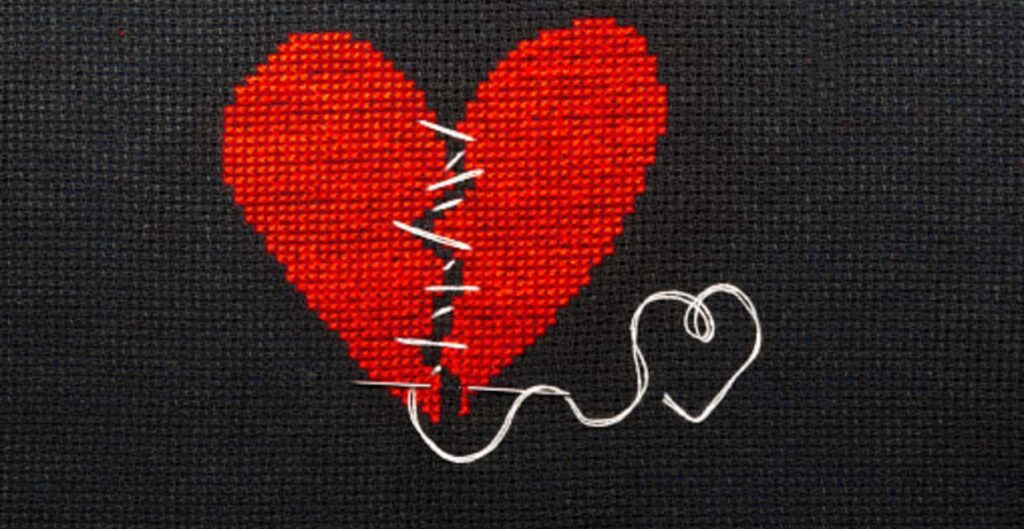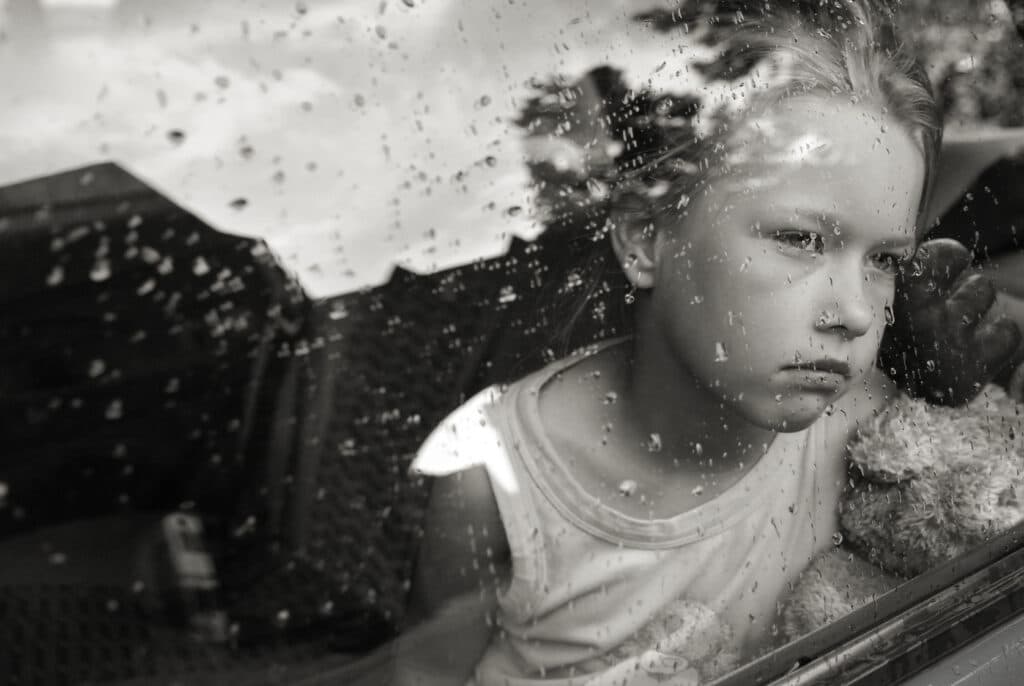Table of Contents
What is childhood trauma?
Childhood trauma can occur when a child witnesses or experiences irresistible negative experiences in childhood. Children can also experience traumatic events. These include accidents, natural disasters, war and civil unrest, medical procedures, or the sudden loss of a parent/caregiver.
What are the three types of trauma?
- Acute trauma (short period of time): This results from a single stressful or dangerous event. For example, this trauma could be a car accident, witnessing a violent event, theft, or an experience that threatens an individual’s physical safety.
- Chronic trauma (extended period of time): This results from repeated and prolonged exposure to highly stressful events. Examples include cases of child abuse, bullying, or domestic violence.
- Complex trauma: This results from exposure to multiple traumatic events. Examples include child abuse, neglect, community violence, sexual exploitation, and trafficking.
How common is childhood trauma?
Almost half the nation’s children have experienced at least one or more types of serious childhood trauma, according to a new survey on adverse childhood experiences by the National Survey of Children’s Health (NSCH). The survey shows 34,825,978 children nationwide, have experienced childhood trauma. Childhood trauma is so common.
What are the symptoms of trauma?
Symptoms in infants (birth to 3 years)
- Eating disturbance
- Sleep disturbances
- Somatic complaints
- Clingy/separation anxiety
- Feeling helpless/passive
- Irritable/difficult to soothe
- Constricted play, exploration, mood
- Repetitive/post-traumatic play
- Developmental regression
- General fearfulness/new fears
- Easily startled
- Language delay
- Aggressive behavior
- Talking about the traumatic event and reacting to reminders/trauma triggers
Symptoms in young children (3 to 6 years)

- Avoidant, anxious, clingy
- General fearfulness/new fears
- Helplessness, passive, low frustration
- Restless, impulsive, hyperactive
- Physical symptoms (headache, etc.)
- Difficulty identifying what is bothering them
- Inattention, difficulty problem solving
- Daydreaming or dissociation
- Irritability
- Aggressive behavior
- Loss of recent developmental achievements
- Repetitive/ post-traumatic play
- Talking about the traumatic event and reacting to reminders/trauma triggers
- Sadness/depression
- Poor peer relationships and social problems (controlling/over permissive)
Complex trauma may affect all domains of a child’s development and functioning.
the table below identifies each domain of development and possible signs of disruption or impairment.
Domain of Development | Signs of Disruption or Impairment |
Attachment |
|
Physical |
|
Affect Regulation |
|
Behavioural Control |
|
Understanding |
|
Self-Concept |
|
Early recognition of these signs and symptoms along with mental health consultation that guides planned and effective strategies to support the child and family. can help reduce and remediate these symptoms.
9 signs as an adult that you were dealing with childhood trauma.

- Becoming overwhelmed by fear
- Becoming passive-aggressive
- Overprotecting yourself
- Self-victimization
- Preparing for problems
- Forgetting big chunks of your life
- Feeling incomplete
- Getting attracted to unhealthy situations
- Looking for external validation.
How to overcome childhood trauma?
- Distance yourself from toxic people.
- Learn self-regulation and stress-reduction techniques.
- Seek out support.
- Tighten up your diet.
- Allow yourself to get close to people.
- Realize you’re safe now.
How childhood neglect affects us today?
- Parents ignored your input – you feel silly sharing your opinions.
- Parents didn’t allow you to be angry – you don’t speak up when someone hurts you.
- No one soothed you when you were upset – you stuff down your feelings.
- Parents told you your emotions were invalid – you crave intimacy yet feel uncomfortable.
- Parents didn’t pay attention to or validate your goal – you feel everything is an uphill battle.
What are some common adaptations to childhood trauma?
Common adaptions are: –
- Aggression and hostility: counterattacks through defying, abusing, blaming, attacking, or criticizing others.
- Dominance or excessive self-assertion: Controls others through direct means to accomplish goals.
- Recognition seeking and status-seeking: overcompensate to impress, high achievements, status, and attention-seeking, etc.
- Manipulation: meets needs through convert manipulation, seduction, or dishonesty.
- Passive-aggressive: Appears overly compliant while pushing others or rebelling covertly through procrastination, backstabbing, lateness, complaining rebellion, or non-performance.
- Excessive orderliness: maintains a strict order, tight self-control, or high level of predictability through order and planning, excessive adherence to routine. Devotes a lot of time to find the best way to accomplish tasks and avoid negative outcomes.
- Compliance and dependence: rely on others, give in, seeks affirmation, passive, dependent, submissive, avoids conflict, people-pleasing.
- Social withdrawal or excessive autonomy: Social isolation, disconnection, and withdrawal. May demonstrate an exaggerated focus on independence and self-reliance, rather than involvement with others. Often retreats to private activities such as watching TV, reading, recreational computing, or solitary work.
- Compulsive or stimulation seeking: seeks excitement or distraction through compulsive shopping, sex, gambling, risk-taking, physical activity, novelty, etc.
- Addictive self-soothing: Avoids addictions involving the body such as alcohol, drugs, overeating, excessive masturbation, etc.
What childhood trauma shows up as?

- The overly sensitive
- The overly independent
- The loner
- The perfectionist
- The caretaker
- The people pleaser
- The emotionally strong
- The overachiever
- The control freak.
What can cause trauma?
- Childhood neglect
- Bullying
- Broken trust
- Emotional abuse
- Violence
- Disasters
- Growing up in an unsafe place
- Witnessing war
- Humiliating experience.
You do not need to feel guilty and rush through your healing journey just because your parents, friends or community feels: –
- Uncomfortable about your trauma.
- Helpless that they are not able to SAVE you.
- Thinking mental illness/health is not real.
- This is not about them. This is about you. You are allowed to take all the time you need.

